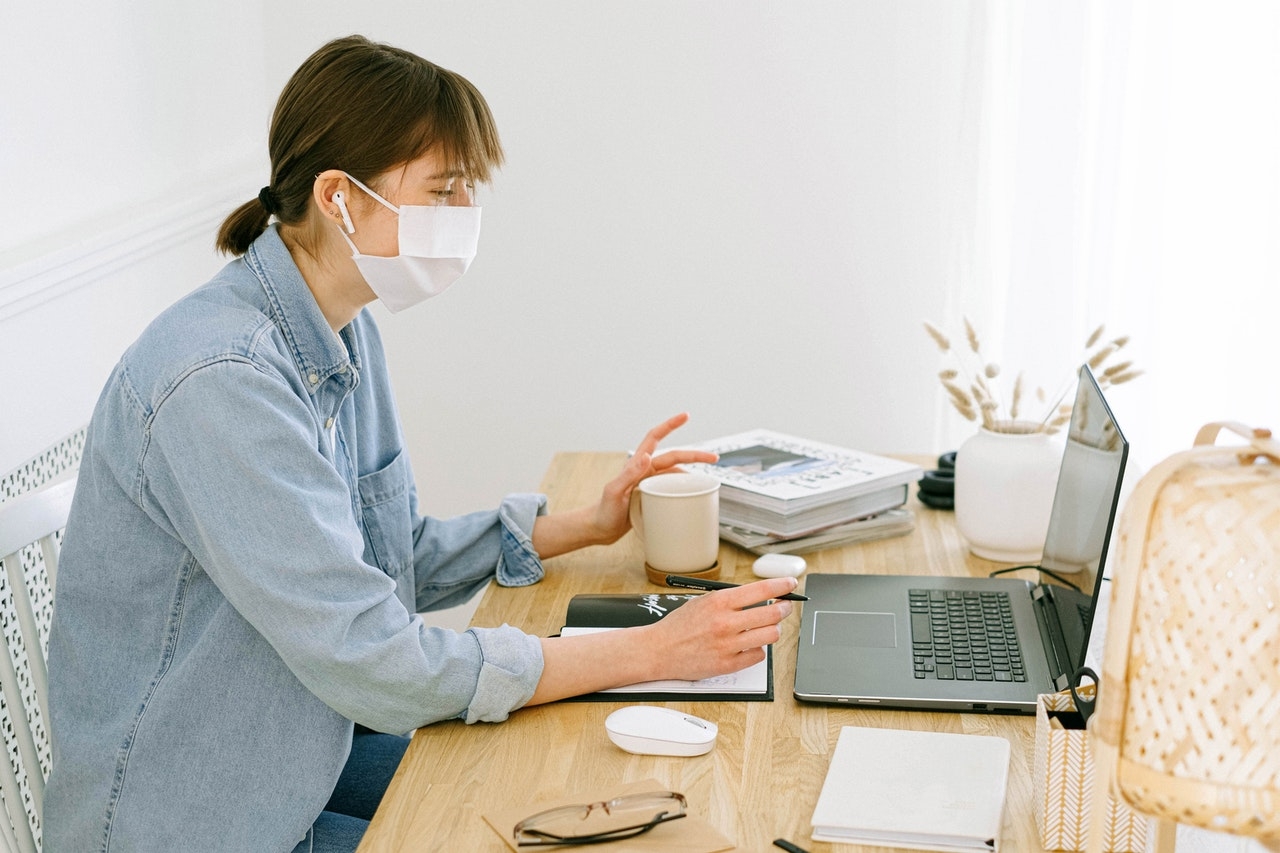
10 kitchen habits to give up to be healthy
Eating is not just a way to quench our needs, but also a meditative process that brings us joy. Otherwise, we'd all be eating nutritious pasta like in "The Matrix" and not spending so much time, energy and money on cooking. Often the place where we cook is not consistent with safe cooking because of little-noticed habits that we do automatically. If you want to cook food in a kitchen or on your deck that is not only delicious but also safe, it's worth eliminating these habits.
Defrosting Meat on the Countertop
To defrost meat, poultry or fish, people leave them on the countertop at room temperature, thinking this is the most gentle method. But in doing so, especially if the meat is left for several hours, pathogens will happily and eagerly reproduce, since rotting meat (which, once thawed and heated, will begin to spoil) is the best environment for them. Some of them can only be killed by intense heat, so you risk getting quite seriously poisoned if you decide to make weak-cooked steaks. Besides, this defrosting also loses flavor. The best way to defrost meat is in the fridge. This way it defrosts properly and stays chilled.
Returning Foods That Have Been Left Warm to the Fridge
Picture this. You put warm food in the refrigerator during the day, and then you do your own thing. First, you work, then a friend suggests you try this worldwide gambling app, you hang out there for a couple of hours, and then you move on to talking to your family. By dinner time, you get that food out of the fridge, thinking it's fresh. While that meal has been standing in the heat, it has had time to grow pathogenic bacteria that are eager to ruin your day.
Using a Dirty Dishwashing Sponge
A dishwashing sponge is the perfect breeding ground for bacteria. Think about it yourself: unlimited food scraps, humid environment, room temperature. And all those dishwashing detergents with antibacterial effects are nothing more than a marketing ploy. They may kill bacteria, but only on the surface. And getting into the habit of using a sponge until it shreds is like shooting yourself in the foot. You can use the sponge for a maximum of two weeks, and that's if you follow the storage rules. For normal use, no more than a week. You should also regularly decontaminate the sponge in the microwave by heating it wet for one or two minutes, or washing it in the dishwasher.
Washing Meat in the Sink
It's a common mistake to think that this way you'll clean meat of dirt and bacteria. First, there's no dirt on the uncooked meats anymore because the producer washes them. Second, you're turning your kitchen into a breeding ground for bacteria as water splashes on the sink, countertops, dishes, contaminating everything around it. In the end, the meat may have gotten a little cleaner, but everything around it has turned into biological time bombs. It's better not to wash meat and poultry. Instead, a heat treatment that will kill most of the dangerous bacteria will suffice.
Storing Raw Meat Next to Other Foods in the Fridge
Again about meat, as it is one of the most dangerous foods in your kitchen. Often people make the mistake of defrosting or just storing chilled meat on the top shelves. Defrosting begins to release liquid that, if the packaging is not airtight, will get onto the food stored below. If it's clean fruits and vegetables, you probably won't wash them again, which means you risk getting an upset gut. Keep raw meat, poultry, and fish on the lowest shelf of the refrigerator and in a container to prevent leaking onto a glass or grate surface.
Tasting Food to Check Its Freshness
If something looks and smells like it's gone bad, it's likely not worth eating. There are exceptions, like certain kinds of cheese that can even smell rotten, or specific foods like surströmming, but the rest of the food and drink should have a fresh flavor. If you suspect that the food is no longer first fresh, you don't need to taste it. Remember: if you have any doubts about a product, it's better to throw it away, no matter how expensive it is.
Using One Cutting Board
Usually one board is used to cut meat, rinse it under water, then use it to cut vegetables, fruit or bread. There should be at least two boards: one for meat, poultry and fish, the other for vegetables and fruit. It is desirable to have a separate board for products with strong odors, such as onions and garlic, so that other ingredients do not become saturated with their aroma.
Checking for Readiness by Eye
How do you usually check foods for readiness? It's crusted and simmering, which means it's ready. That's not the right thing to do, especially if you're cooking a thick steak. You should check if the food is ready with a kitchen thermometer and a dipstick. Each type of meat has its own correct temperature, and it's a good idea to check it online before cooking.
Following the Five-second Rule
You, too, when you dropped your sandwich on the floor, quickly picked it up, shook it off, and kept eating, right? Of course, because you just cleaned up, the floor is perfectly clean, and the sandwich was only there for a second. During that time, a huge amount of bacteria, dust, and other not particularly pleasant things got on it. Better to follow the following rule: everything that falls on the floor goes in the garbage.
Lack of Hand Hygiene After minor Activities
It seems to us that if you wash your hands before cooking, that's enough. But while working in the kitchen, you're likely to be using your phone, touching dirty surfaces, and the same meat. You should wash your hands after every activity that involves contact with non-sterile items to prevent food contamination, especially if you're cooking non-heat-treated food.













